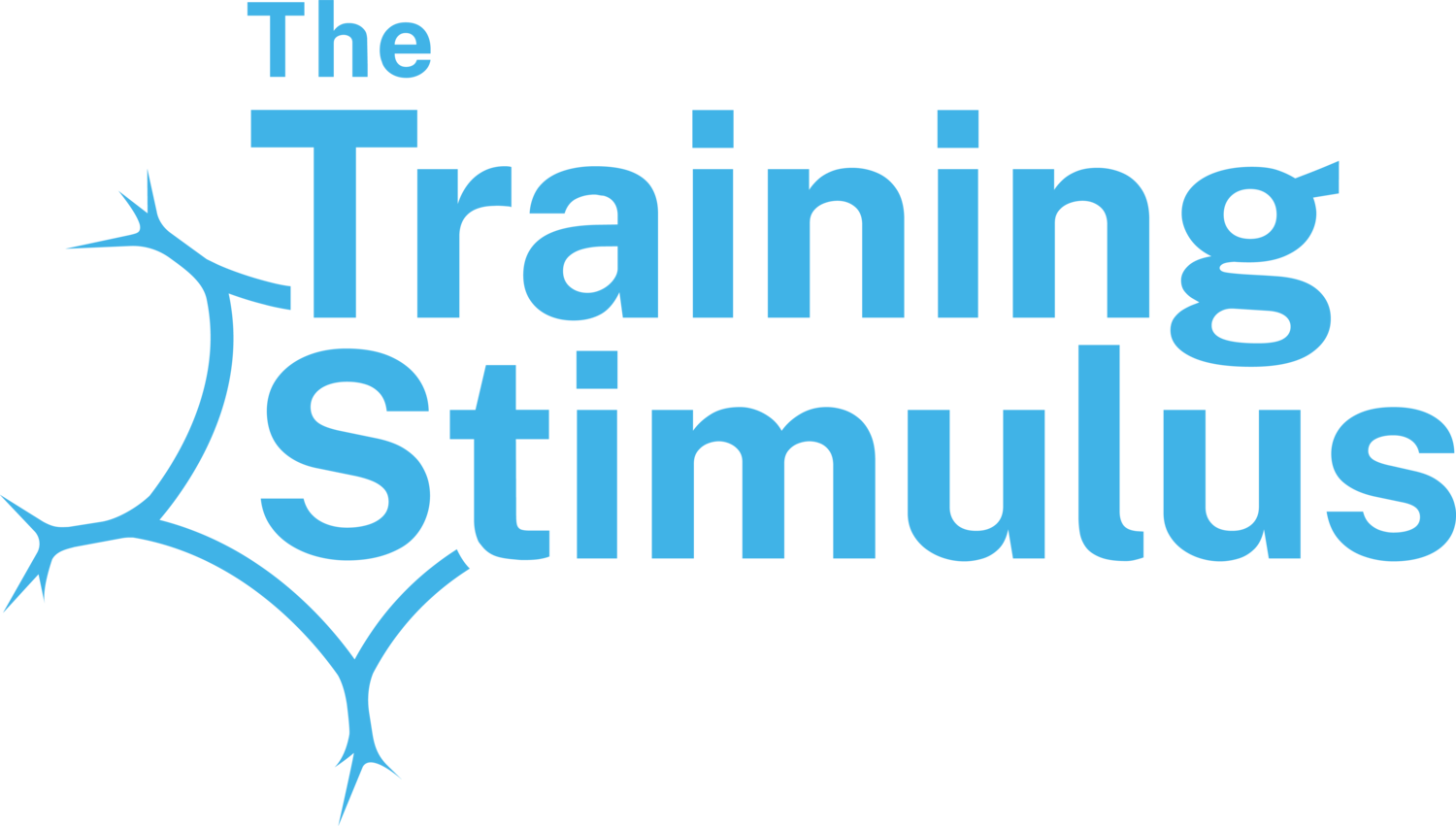3D Your Training to Get Stronger, More Mobile and Injury-Resistant
Do you want to feel more comfortable in the bottom of a squat? Feel better activation in your glutes or lats? Improve your efficiency and skill to save energy in workouts? Then try some 3-Dimensional warmups and accessories to get a great bang for buck way to work on all three. Why? How does it work?
1. 3D versions of an exercise are a very functional stretch. By approaching a movement from different planes of motion (varying the angle of attack, making it more forward/back, side-to-side, or rotating) – we challenge certain muscles to lengthen more than they would in the normal version of the movement. This teaches them to control greater ranges of motion than they’re normally exposed to. Result: they feel more comfortable when returning to the standard set up as you’ve trained them to control a bigger range.
E.g. in this 3D deadlift matrix, we challenge the hamstrings to lengthen more with the forward reaches, and glutes to lengthen more with the sideways and rotating reaches, giving those muscles a very deadlift-specific stretch. https://www.instagram.com/p/B8hBkbwFtja/
2. 3D training accelerates skill acquisition.
The nervous system learns through trial and error. Whether you’re a baby learning to walk or an athlete learning to snatch, the body detects variation, and learns to correct it, in order to master a movement pattern. That said, your baby will probably master walking a lot sooner than you master the snatch. By giving the nervous system exposure to other planes of motion, we can accelerate the speed and accuracy with which it masters a movement.
E.g. in the 3D box step up, we teach the stepping leg to balance and stabilise the body moving in six different directions (forward/back, left/right, rotating left/rotating right). This means when doing normal step ups, the body has experience correcting loss of balance in all of these directions, so can detect and correct it sooner as compared to if it had only ever had exposure to the one standard version of the movement.
https://www.instagram.com/p/B97MIrin5QK/
3. 3D movements can improve muscle activation
Related to point 1 – because 3D movements bias certain muscles more than others, we can encourage them to do more work than they would in the standard version of the exercise. This can be great to activate the muscle before training, but also as a corrective accessory lift to ensure the muscle gets stronger and can do more in future.
E.g. In the lateral/RedPill (sideways version) ring row, we emphasise the action of the lats more than a normal ring row, this teaches the muscle to engage better, and can carryover well into all pulling exercises, or be used as an accessory to just strengthen the lats.
https://www.instagram.com/p/B8PEBiHnS1O/
4. 3D movements build resiliency that protects against injury
By exposing our joints and tissues to force in all three planes of motion, we can better condition them to the stresses that will be placed on them in the rest of life – which also occur in 3 planes of motion. If we only train in our fixed standard movements, we’re missing out on the variation that occurs in joints from 3 dimensional activities, like running and changing direction, or throwing a ball, or even catching a wall ball that takes an awkward bounce. You might be able to rip a heavy deadlift, but what’s the point if you put your back out when you pick up a pen from the floor?
In these 3D stability exercises we expose the shoulders and ankles to all 3 planes of motion, which better prepares them for the 3D nature of life – the tissue resiliency improves as well as the control in all directions, which means they will fare better when a potentially injury-causing incident occurs.
To sum up, getting creative with your accessories and warmups can pay tremendous dividends, from both a performance and injury prevention point of view. 3D Directional variation is a simple way to tweak your exercises to get a greater value return on every rep. If you dig a bit deeper, it can also be powerful for fixing injuries and imbalances, but that’s for another blog…
